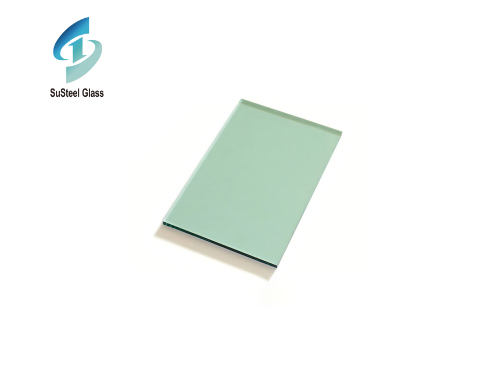
Stained glass is a breathtaking art form that has captivated people for centuries. Its luminous colors and intricate designs have adorned the windows of cathedrals, churches, and palaces, casting ethereal light into sacred and secular spaces alike. From the medieval period to the present day, stained glass continues to enchant viewers with its beauty and craftsmanship.
One of the remarkable aspects of stained glass is its ability to manipulate light. When sunlight passes through the intricately designed pieces of glass, it is transformed into a kaleidoscope of vibrant colors, creating a mesmerizing visual experience. The use of different types of glass, such as opalescent, cathedral, and textured glass, allows artists to achieve various effects, from soft and diffused light to bold and dramatic contrasts.
Stained glass windows also serve a symbolic purpose, often depicting religious narratives or scenes from historical events. These narratives were not only meant to educate and inspire, but also to evoke a sense of wonder in the viewer. The rich symbolism and storytelling found in stained glass make it a unique form of artistic expression, blurring the line between visual art and architecture.
Today, stained glass continues to inspire and captivate artists and enthusiasts around the world. Modern stained glass artists push the boundaries of the medium, experimenting with new techniques, materials, and styles. From large-scale installations in public spaces to smaller, intricate pieces in private homes, stained glass remains a dynamic and versatile art form.
The enduring appeal of stained glass lies in its ability to surpass time and connect us to our shared human history. It serves as a testament to the skill and imagination of the artists who have dedicated their lives to this intricate craft. Whether it graces the windows of a majestic cathedral or adorns a contemporary living space, stained glass continues to bring beauty, light, and a touch of magic into our lives.
 Exploring the World of Green Tinted Glass Products: Versatility and Sustainability
Exploring the World of Green Tinted Glass Products: Versatility and Sustainability
 Exploring the Versatility and Elegance of Custom Thick Glass
Exploring the Versatility and Elegance of Custom Thick Glass



